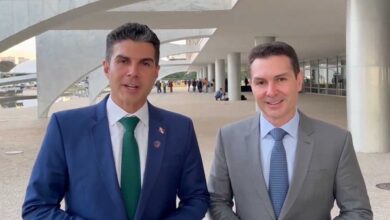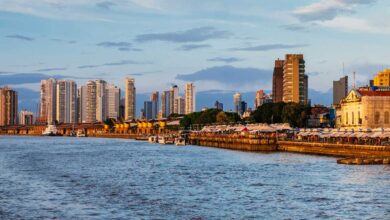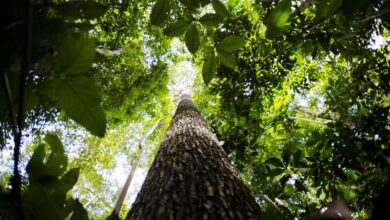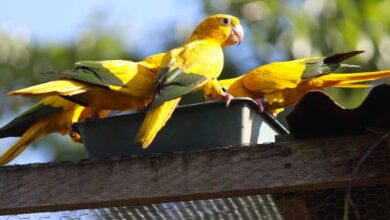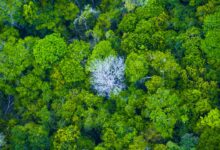
Indigenous community of Belém celebrates ban on logging in demarcated areas
- For business administrator Evelyn Xipaya, the repeal of the Normative Instruction protects indigenous territories for everyone.
Last January 16, the Minister of Indigenous Peoples, Sônia Guajajara, revoked Normative Instruction 12/22 that authorized plans for the management and exploitation of wood within demarcated indigenous areas. The norm, made official in the last weeks of Jair Bolsonaro’s government, worried the country’s indigenous community and in Belém it was no different.
“With the repeal of this measure, we feel stronger and safer. If this practice, which has been going on for a long time, were legalized, it would be very harmful to the lives of all of us. When we talk about protecting our territories, we talk about protecting everyone, even the explorer who has no conscience” , explains the indigenous woman from the Juruna trunk and business administrator Evelyn Xipaya, who currently resides in Belém but is from the Pará municipality of Altamira .
The indigenous Xipaya still raises a question for those who have an anti-environmentalist view and who agree with logging in indigenous lands. “What kind of children are we that don’t protect our mother earth?” asks Evelyn.
Although the city of Belém does not have any indigenous territory, many indigenous people live in the capital of Pará, where they study and work. They are the non-village. However, throughout the State of Pará, there are more than 55 ethnic groups, approximately 60,000 indigenous people who speak three dozen languages from the Karib, Macro Jê, Pano, Nheengatu, Tupi, Juruna, Munduruku linguistic trunks, among others.
Indigenous peoples occupy more than 25% (twenty-five percent) of the territory of Pará and are distributed around 77 indigenous areas, in 52 municipalities. These data were revealed by the Federation of Indigenous Peoples of Pará (Fepipa).
Source Belém Agency



